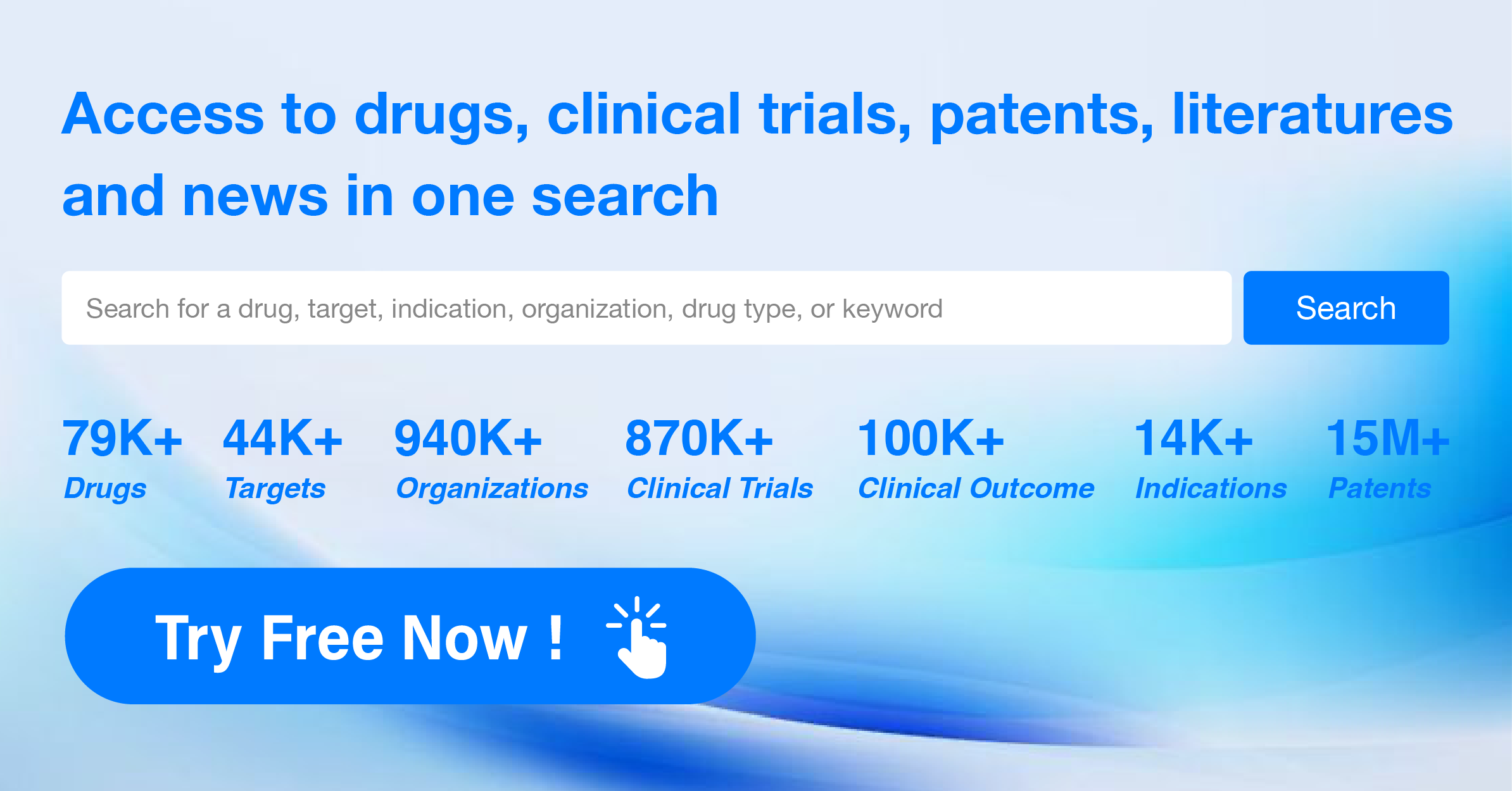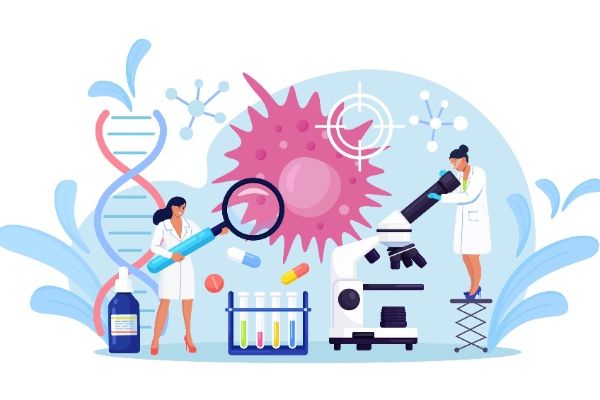In the context of gene therapy, what challenges exist in developing effective gene delivery systems?
Developing effective gene delivery systems for gene therapy is a significant challenge due to several factors. Some of these challenges include:
1.Limited transfection efficiency: One of the main challenges is the low efficiency of delivering genes into target cells. This can be attributed to various factors such as poor cellular uptake, endosomal entrapment, and inefficient release of the gene into the cytoplasm.
2.Immune response: The immune system may recognize the viral vector or the foreign DNA as a threat and mount an immune response against it. This can lead to inflammation, tissue damage, and reduced therapeutic efficacy.
3.Target specificity: Ensuring that the delivered gene reaches the intended target cells without affecting healthy cells is crucial. This requires precise targeting and avoidance of off-target effects.
4.Stability and degradation: The stability of the gene delivery system during transport through the body and within the target cells is essential. Degradation by enzymes or other factors can reduce the effectiveness of the treatment.
5.Toxicity and side effects: Some gene delivery systems may cause toxicities or side effects, which could limit their use in clinical settings.
6.Ethical concerns: The use of human subjects in gene therapy trials raises ethical concerns related to informed consent, potential risks, and long-term follow-up of treated patients (2).
To address these challenges and improve the success rate of gene therapy, researchers are exploring various strategies:
1.Development of non-viral vectors: Non-viral gene delivery systems, such as lipid nanoparticles, polymeric nanoparticles, and peptide-based carriers, have shown promise in overcoming some of the limitations associated with viral vectors. These systems offer better biocompatibility, lower immunogenicity, and increased versatility in terms of cargo size and composition.
2.Targeted delivery: Researchers are working on developing targeting ligands or antibodies that can specifically bind to receptors on the surface of target cells, improving the selectivity and accuracy of gene delivery.
3.Nanotechnology: The use of nanotechnology in gene delivery systems has provided new opportunities for improving the efficiency of gene transfer, reducing toxicity, and increasing the stability of the delivery vehicles.
4.Controlled release systems: Developing controlled release systems can help maintain the integrity and activity of the gene throughout the delivery process, ensuring its proper function once inside the target cells.
5.Personalized medicine: By tailoring gene therapies to individual patients based on their unique genetic makeup, researchers aim to optimize treatment outcomes while minimizing potential side effects.
6.Combination therapies: Combining gene therapy with other treatments, such as chemotherapy or radiation, may enhance the overall therapeutic efficacy and overcome resistance mechanisms.
7.Collaborative efforts: Encouraging interdisciplinary collaboration between scientists, engineers, and industry partners will accelerate the development of innovative solutions to address the challenges of gene therapy (3).
8.Preclinical and clinical testing: Continuous improvements in preclinical animal models and clinical trial designs will help researchers better understand the safety and efficacy of new gene therapy approaches before moving into human trials (2).
9.Gene editing techniques: CRISPR/Cas9 and other gene editing technologies hold promise for treating genetic disorders through precise manipulation of the genome (2). These techniques could potentially lead to permanent cures rather than temporary symptom relief, reducing the need for repeated administrations.
In conclusion, addressing the challenges associated with gene delivery is critical for the success of gene therapy. By developing innovative strategies and technologies, researchers continue to work towards improving the safety, efficacy, and personalization of gene therapy approaches.




